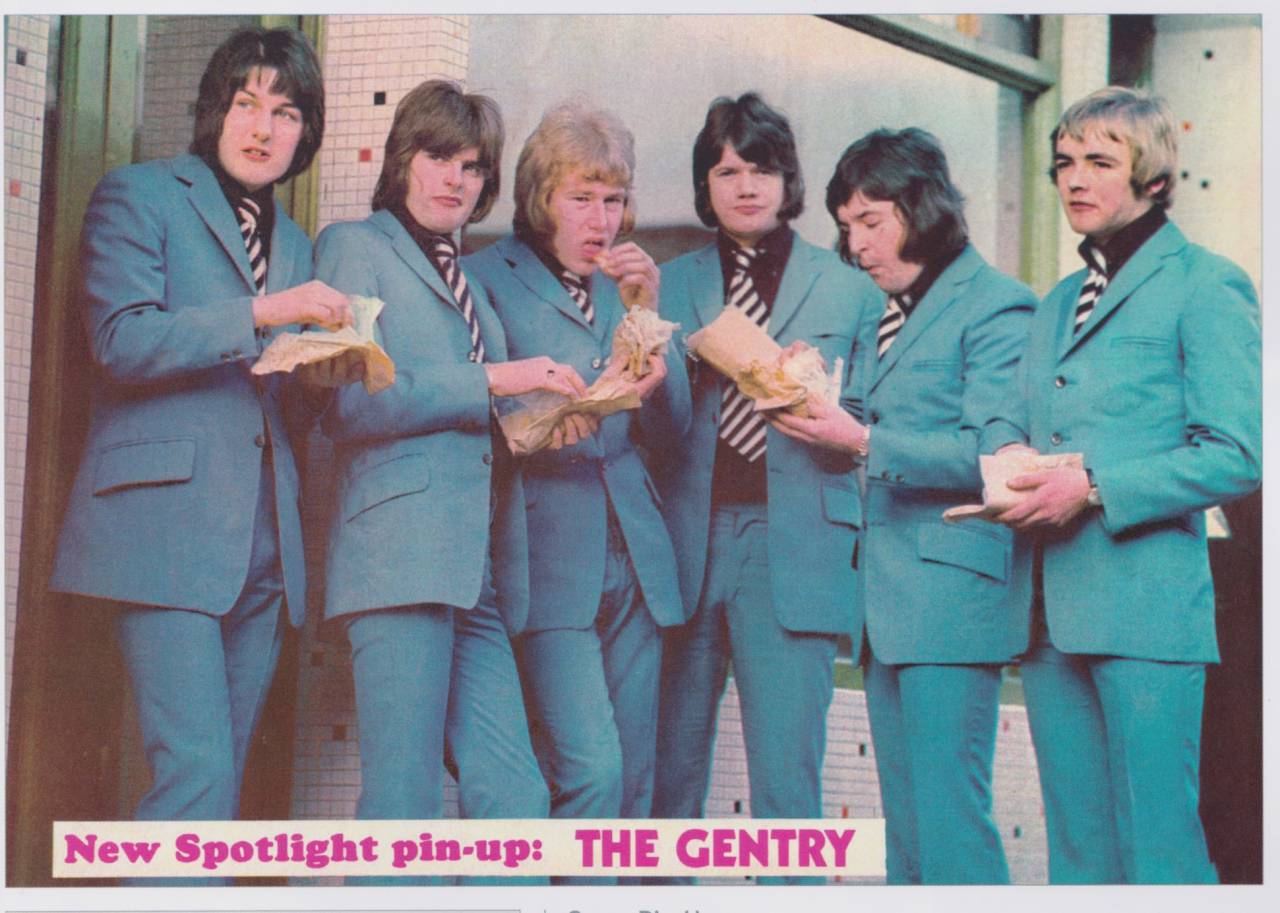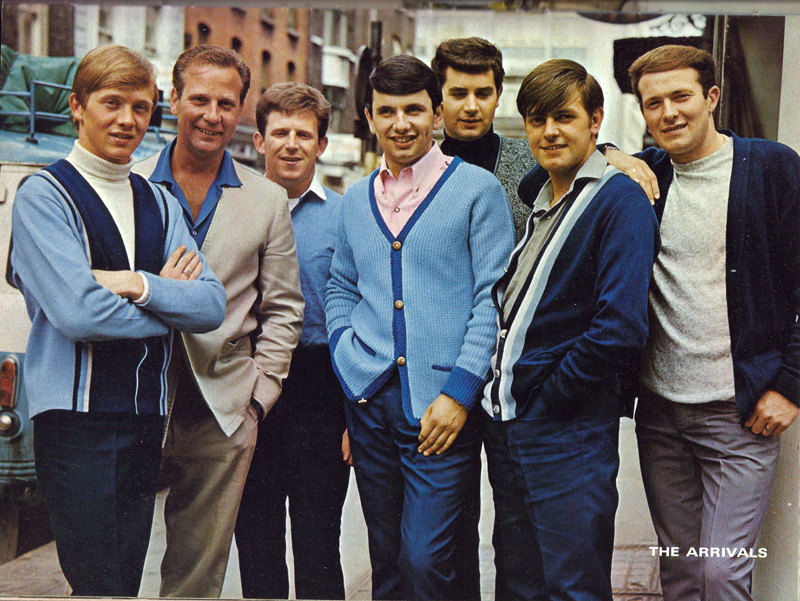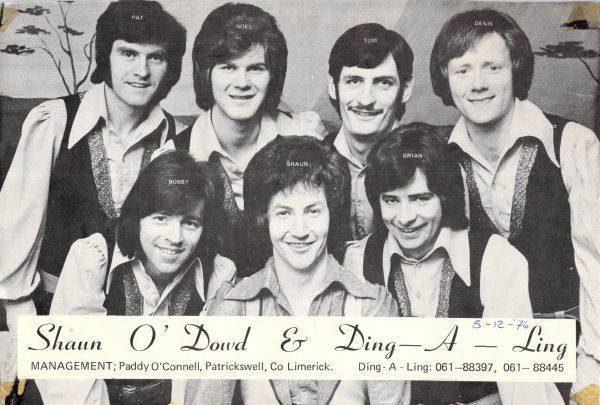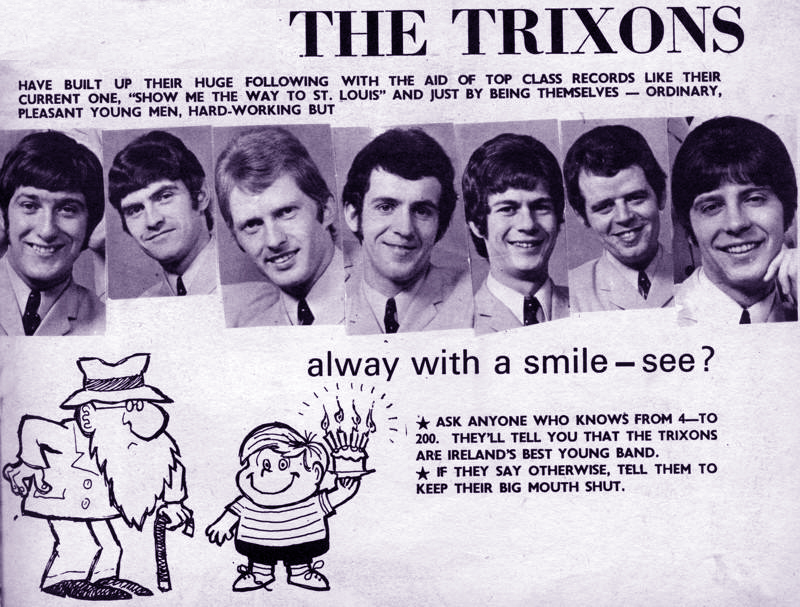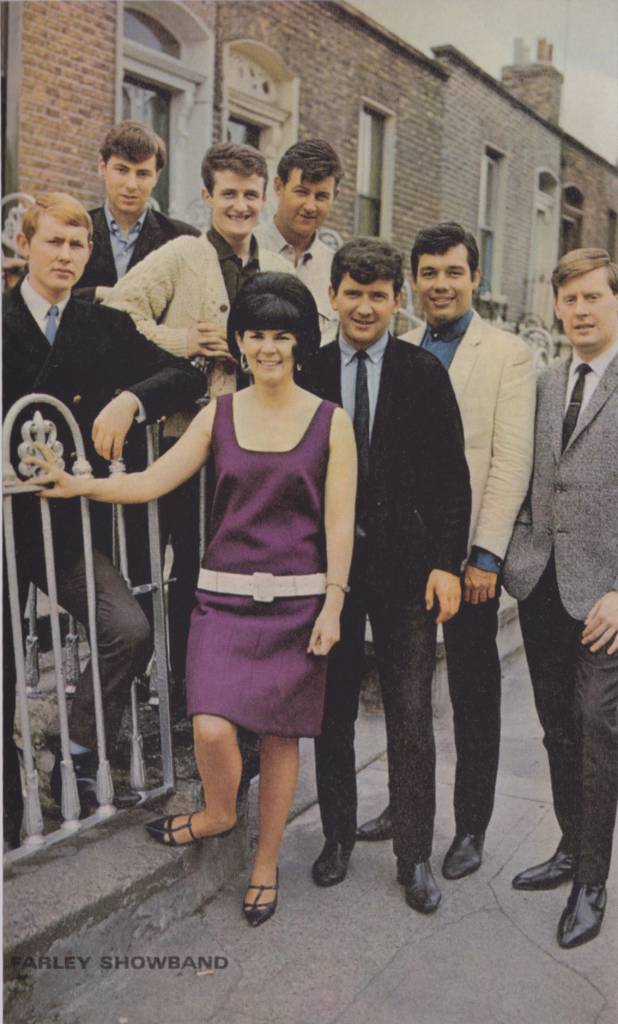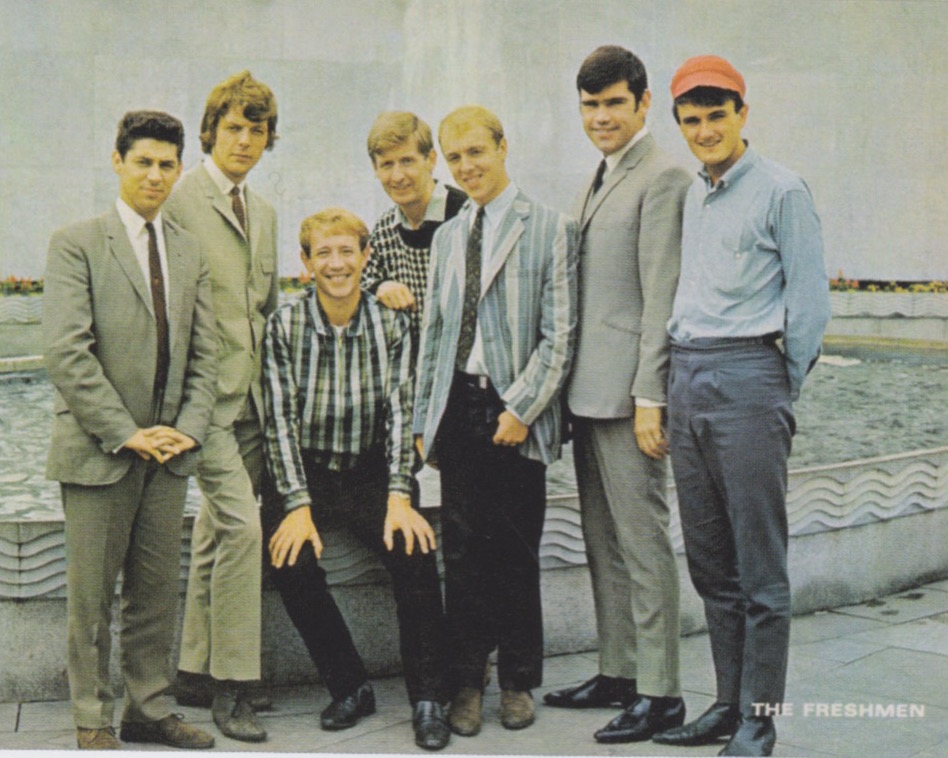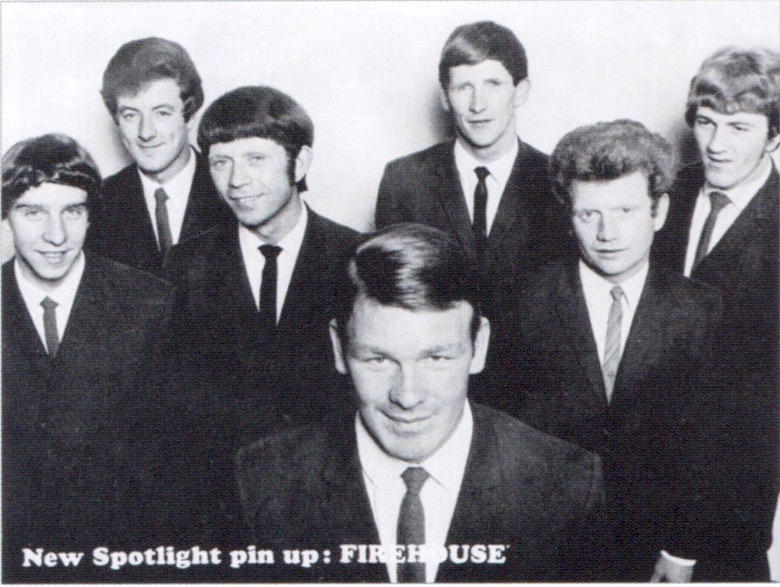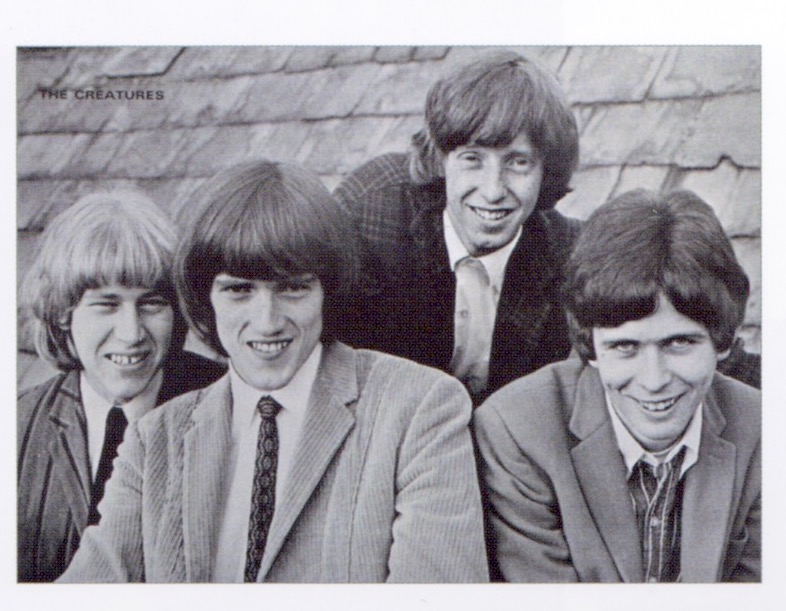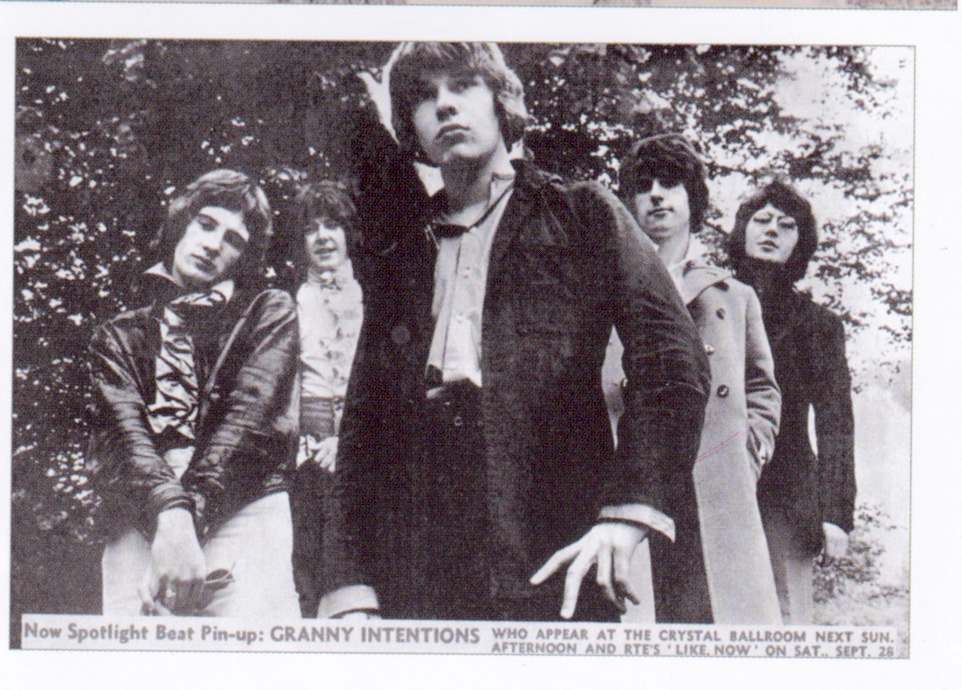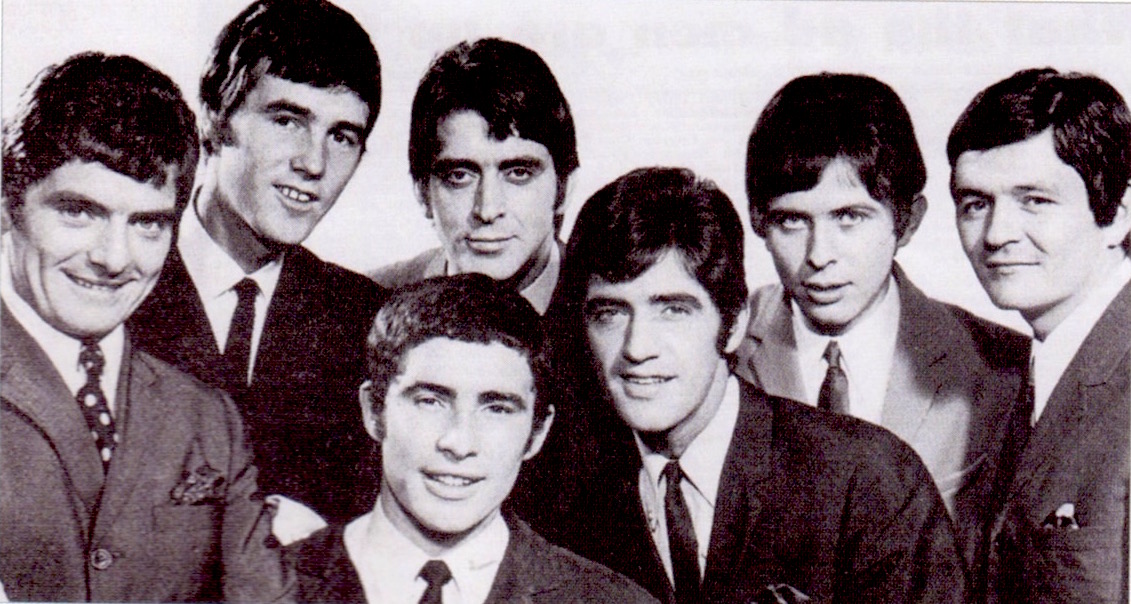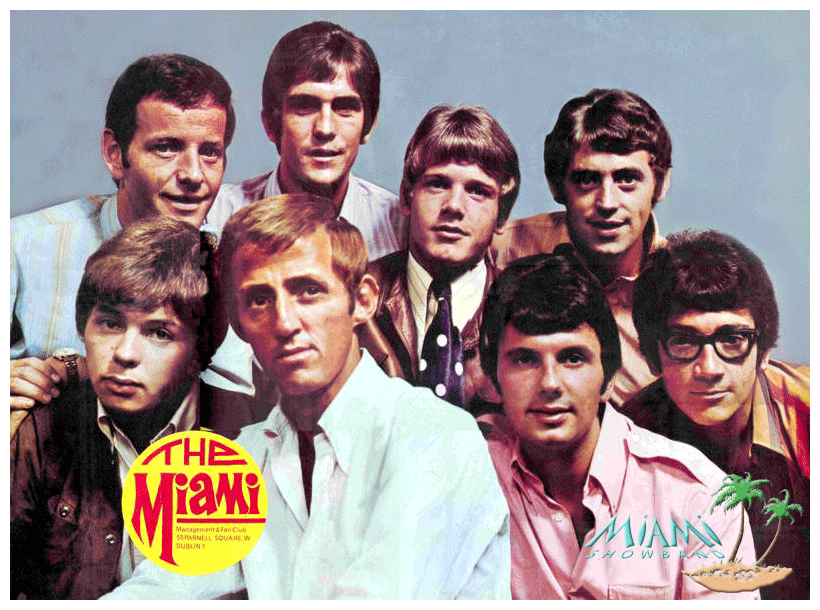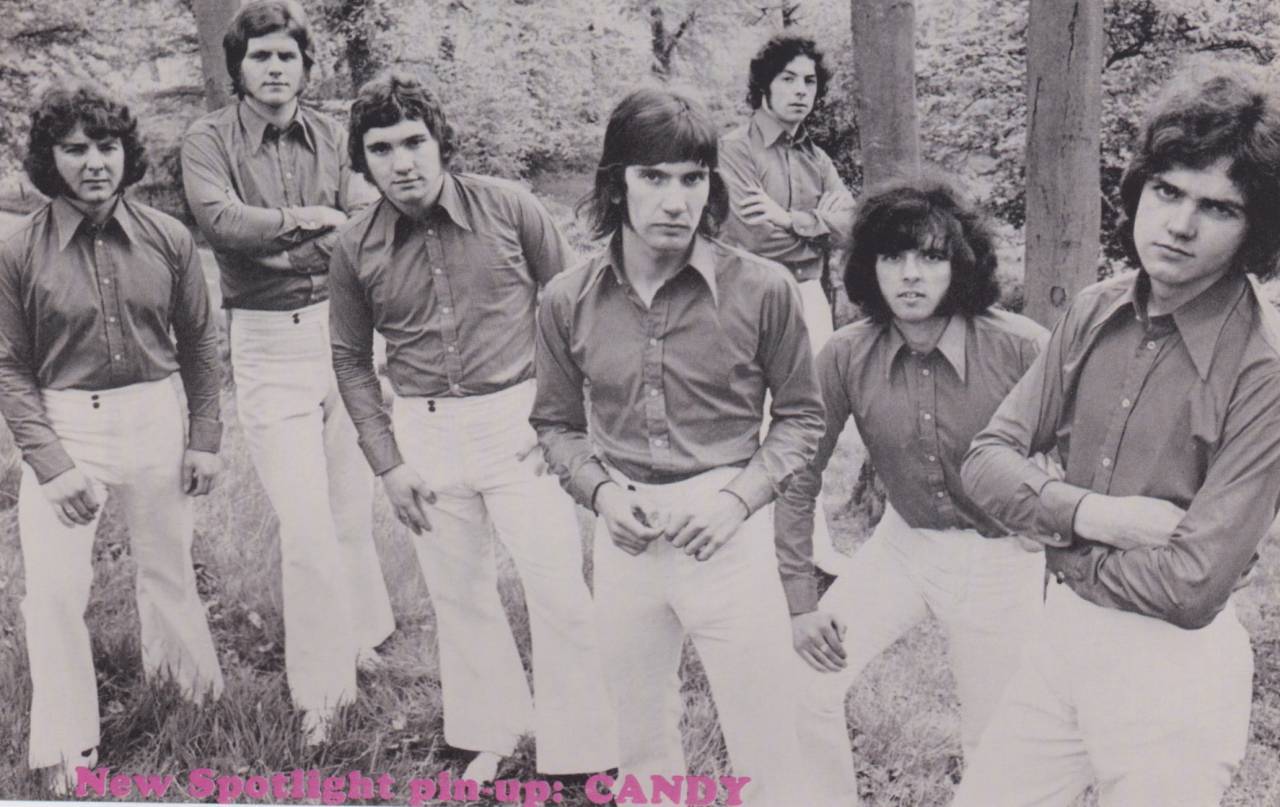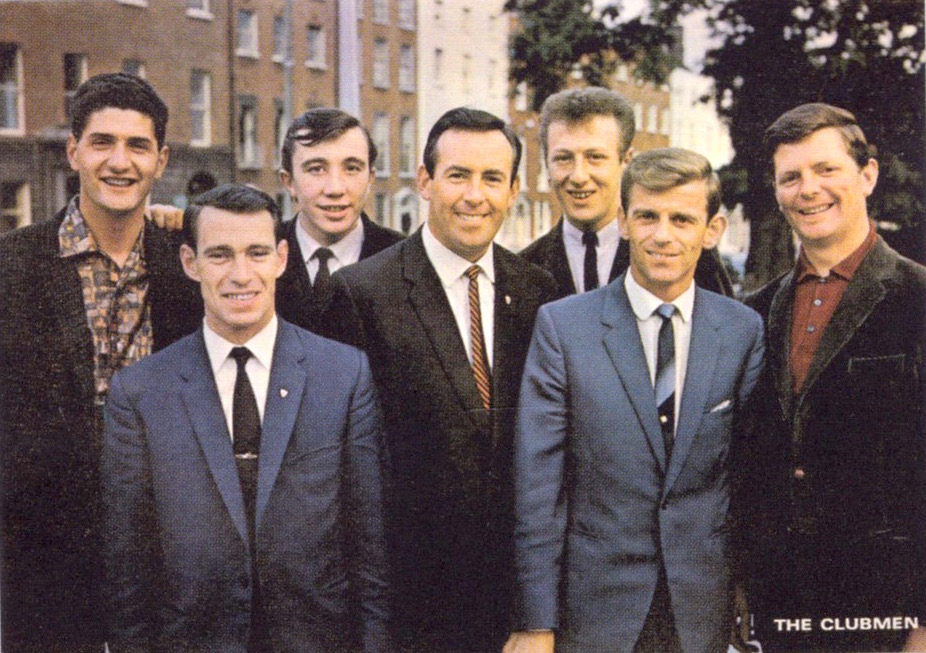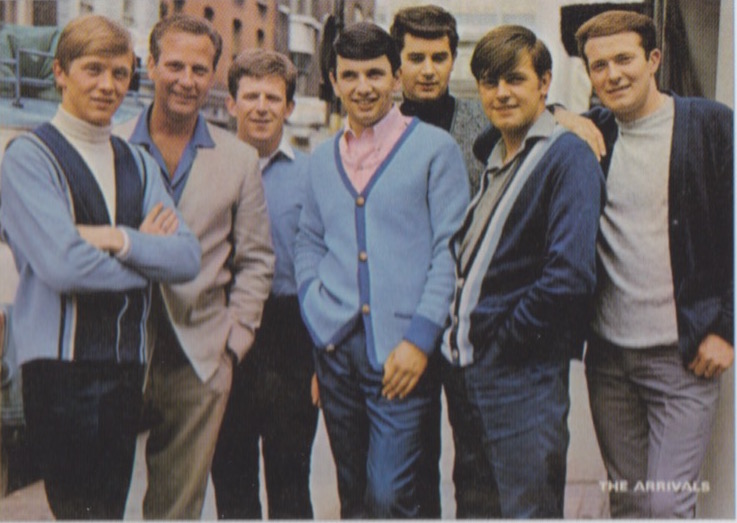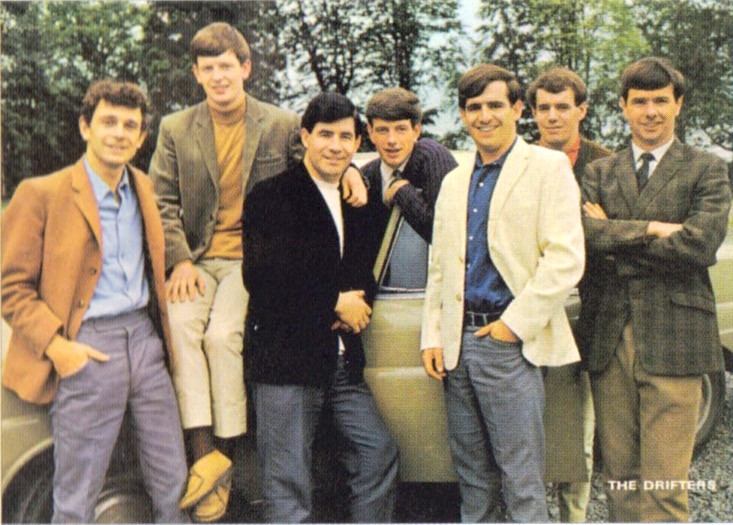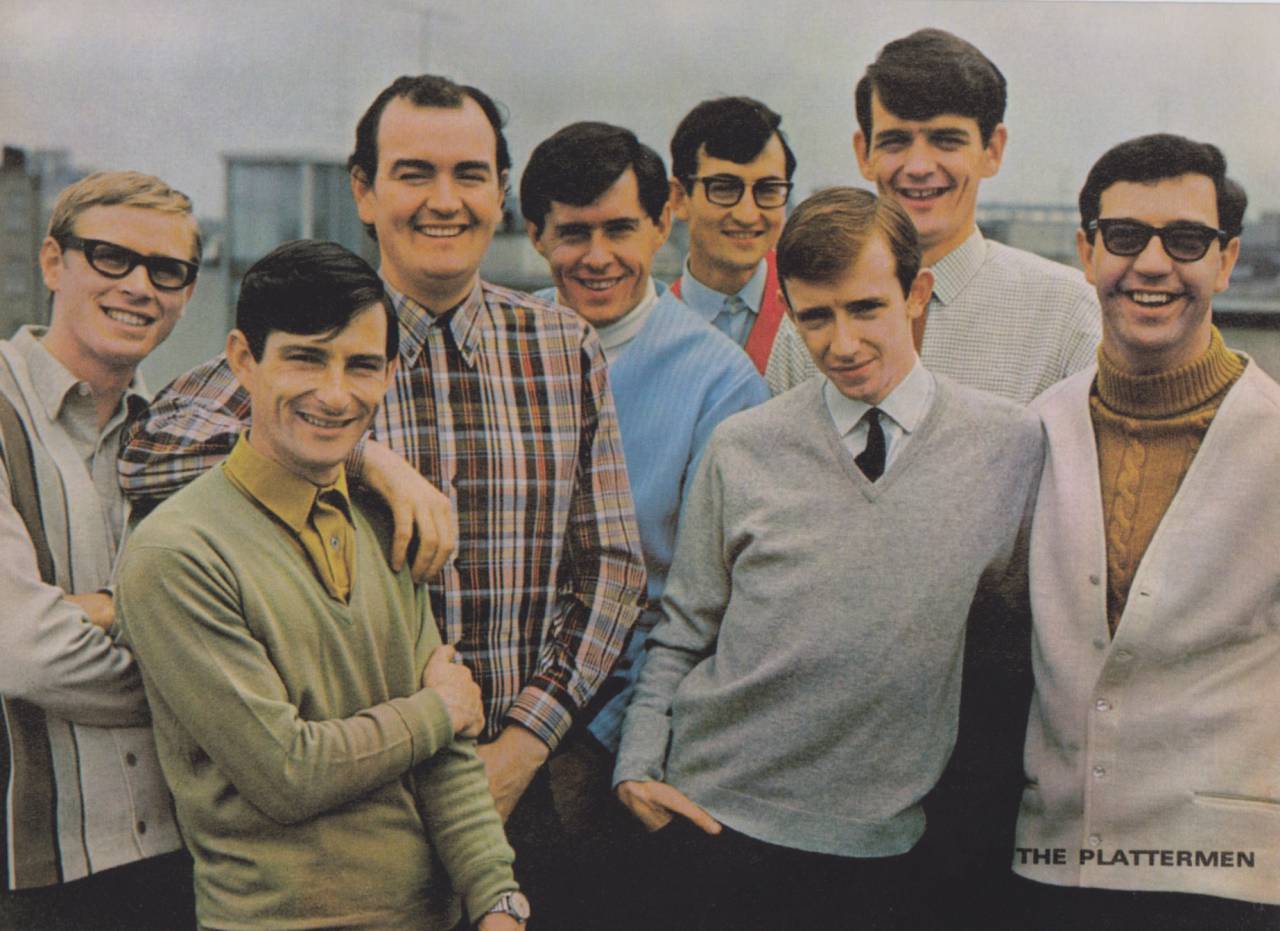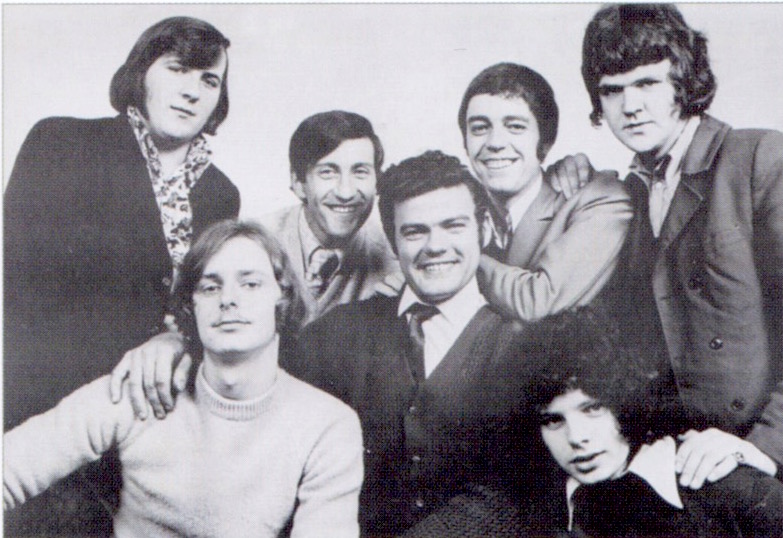The Showbands were a particularly Irish phenomenon that evolved from the strict-tempo dance-bands of the early 1950s. Until that point Irish music was dominated either by traditional music or the big-band orchestras and balladeers. When Irish teenagers started to hear the new rock n’ roll from the US and the UK, reflecting the changing tastes, the Irish Showband was born. They played upbeat rhythm and blues and pop music with one aim – to get people dancing.
A second wave of showbands arrived in the late sixties and early seventies playing a rock, blues and soul style these bands were more popular in Dublin and other urban areas, while in the rural areas bands more influenced by country and western were very popular.
Francis Kennedy for the Irish Post writes:
People will argue for hours about which was the very first showband, but it’s safe to say that it was either The Clipper Carlton from Strabane or Dave Glover’s Showband from Newtownabbey.
For managers, promoters and band leaders, seven was the magic number.
A showband was expected to have seven members, usually all male, with the odd female vocalist.
They wore tailored suits and the standard line-up was made up of a rhythm section of lead guitar, bass guitar and drums and a brass section of saxophone, trumpet and trombone.
From the late ’50s to the early ’70s, more than 500 showbands travelled throughout the island of Ireland, some working up to five nights a week on ‘one-nighters’, playing in ballrooms, dance-halls and marquees to crowds in excess of 1,500.
Less than a decade after it had begun however, the bright lights of the showband industry were fading, crowds were getting smaller and the younger generation were demanding more from their venues than four walls, a stage and a mineral bar. The Miami Showband killings in 1975 hastened the decline in popularity of the showbands. Cross-border band touring dropped significantly. The advent of the discothèque, the opening of music-lounges (with alcohol licenses) and changing musical tastes also played a large role in its demise.
By the mid ’70s almost all of the leading showbands had stopped touring and only a few stragglers remained.
The infamous Miami Showband Massacre at Buskhill in County Down was an attack by the Ulster Volunteer Force (UVF), a loyalist paramilitary group, on 31 July 1975. Five people were murdered, including three members of the country’s most popular Showband. The band was originally established in Dublin in 1962 by impresario Tom Doherty
The band was travelling home to Dublin late at night after a performance in Banbridge. Halfway to Newry, their minibus was stopped at a bogus British army checkpoint where the band were ordered to line up by the roadside. While two of the gunmen (both actual acting soldiers) were hiding a time bomb on the minibus, it exploded prematurely and killed them. The other gunmen then opened fire on the dazed band members, killing three and wounding two. It is believed the bomb was meant to explode en route, killing the band and perhaps framing them as IRA bomb-smugglers.
Many of these fabulous pictures of Irish Showbands come from the brilliant book Brand New Retro by Brian McMahon and published by the Liberties Press.
Would you like to support Flashbak?
Please consider making a donation to our site. We don't want to rely on ads to bring you the best of visual culture. You can also support us by signing up to our Mailing List. And you can also follow us on Facebook, Instagram and Twitter. For great art and culture delivered to your door, visit our shop.
